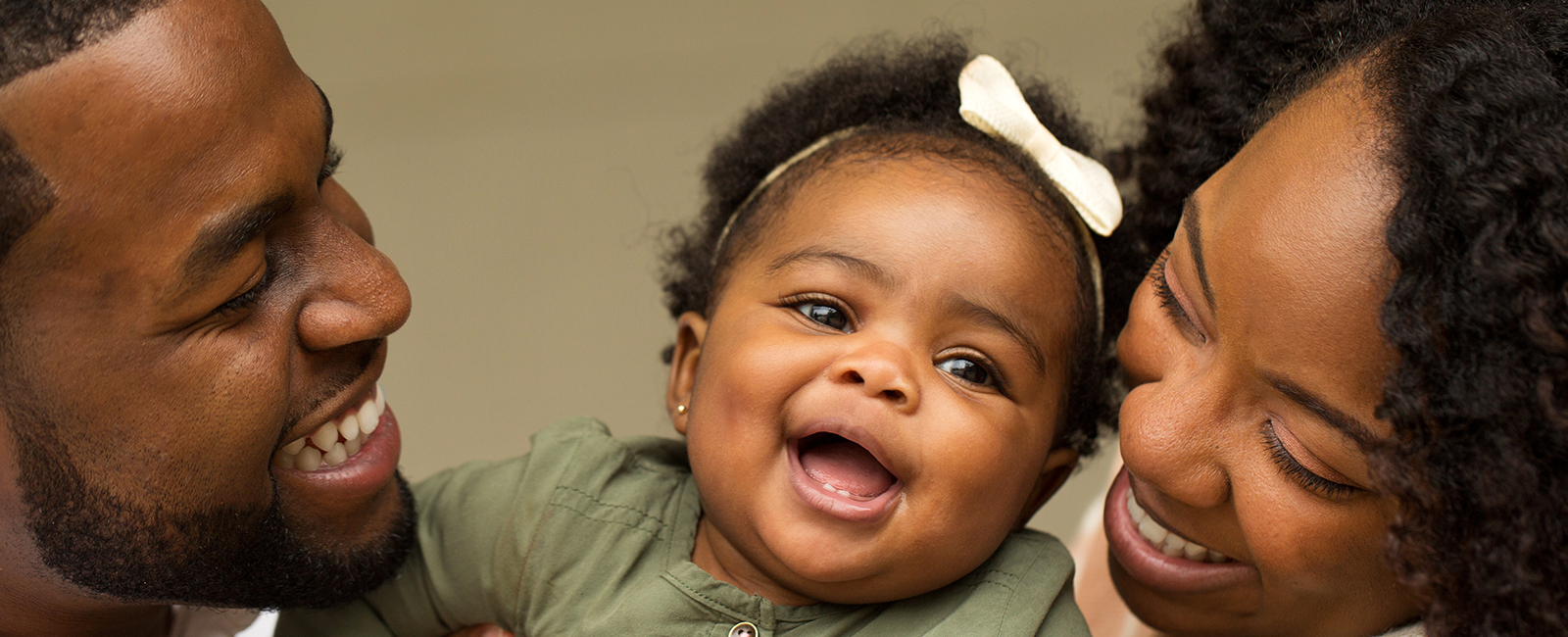NVFS’ Healthy Families program is a resource for recognizing signs of child abuse. Healthy Families works not only to halt child abuse and neglect where it is happening, but also to prevent its occurrence in the first place.
4 Leading Risk Factors for Child Abuse and neglect
- The child’s age.
In cases of neglect, younger children are more at risk: The younger the child, the less likely it is that the child can defend themselves, speak up for themselves or remove themselves from harm’s way. In cases of sexual abuse, risk increases with the child’s age. - The child has a learning disability, congenital anomaly, or chronic or recurrent illness.
It is no easy task even to raise a healthy child who is meeting developmental milestones. When additional challenges arise, physical and emotional abuse and neglect become much more common. - The child’s family is living in poverty and/or experiencing financial hardship.
High stress takes a severe toll on parents’ ability to tolerate frustration. In addition, working long hours — a common result of working multiple jobs — can impede parents’ awareness of their child’s emotional well-being or whether there is abuse occurring when the child is under someone else’s care. - Another family member is experiencing domestic violence.
Research indicates that in 30 to 60 percent of families where spousal abuse takes place, child maltreatment also occurs.
3 ways you can reduce the likelihood of child abuse and neglect
- Be a friendly face and a source of encouragement for children in your neighborhood.
- Offer to babysit for a neighbor or friend, especially if they seem stressed. All parents need support.
- Become a mentor — formally or informally — to a child or to another parent.
Remember: Reporting abuse when you suspect it is the primary way to combat child abuse.


